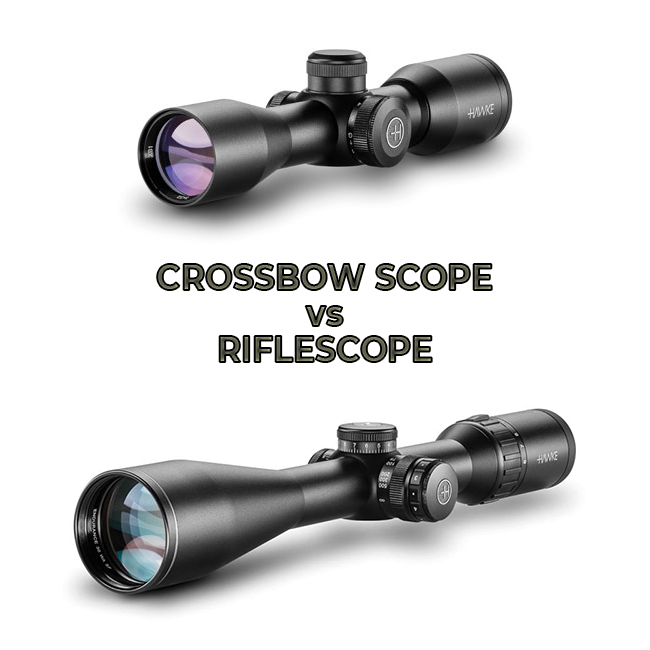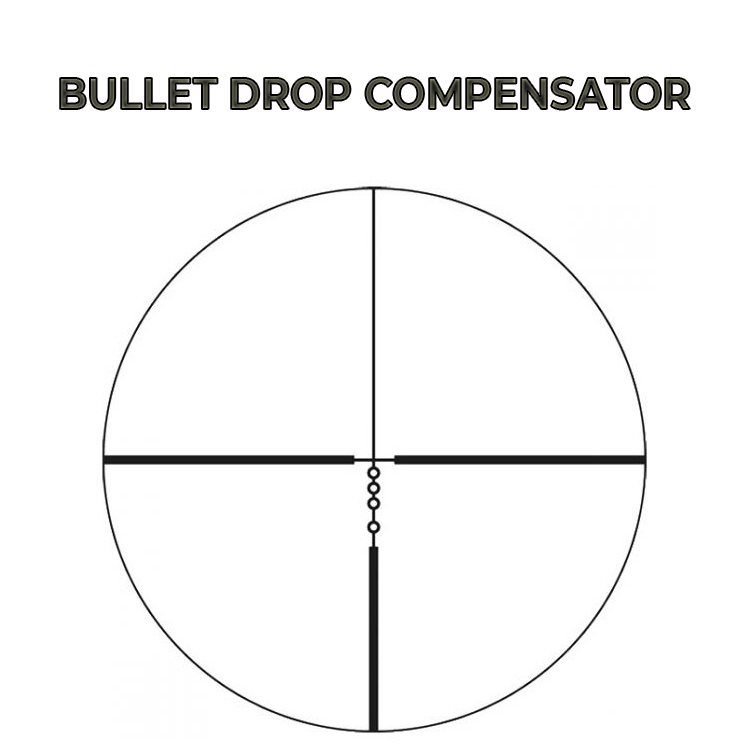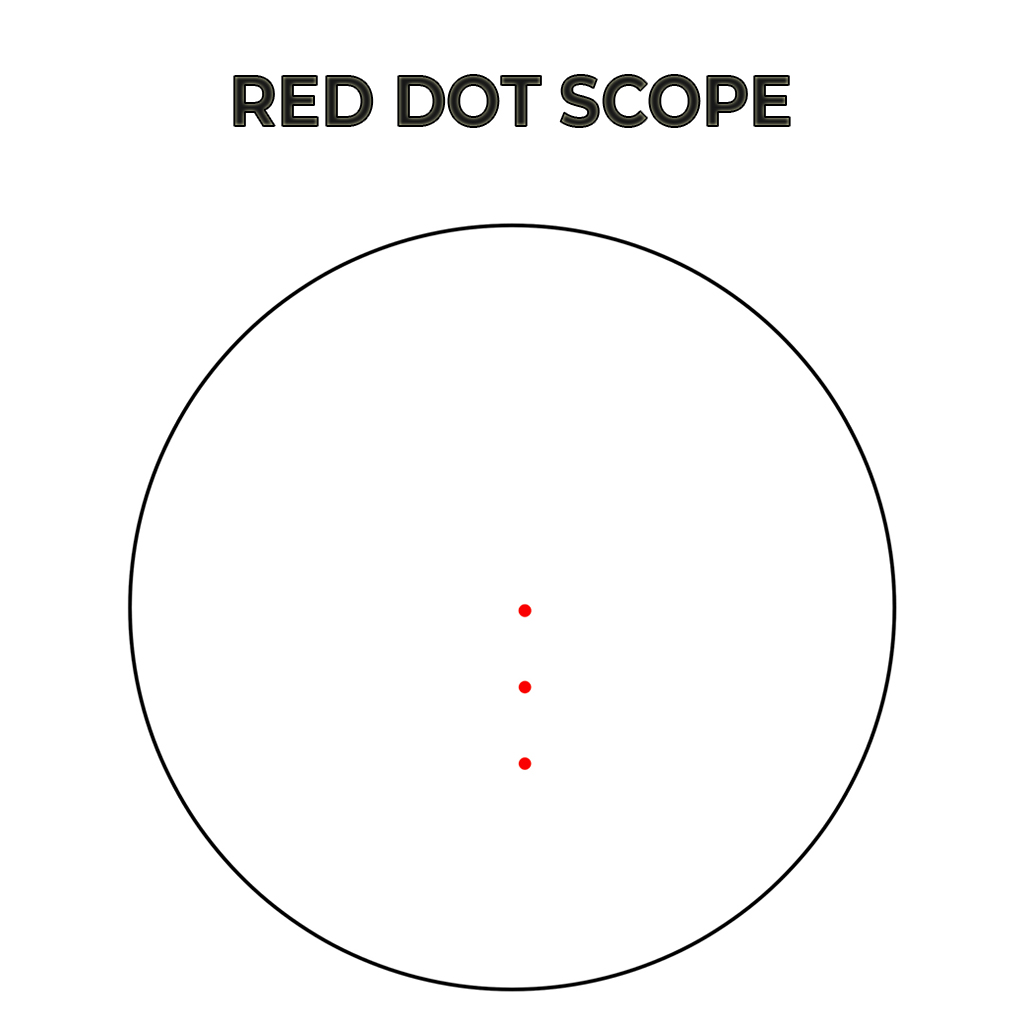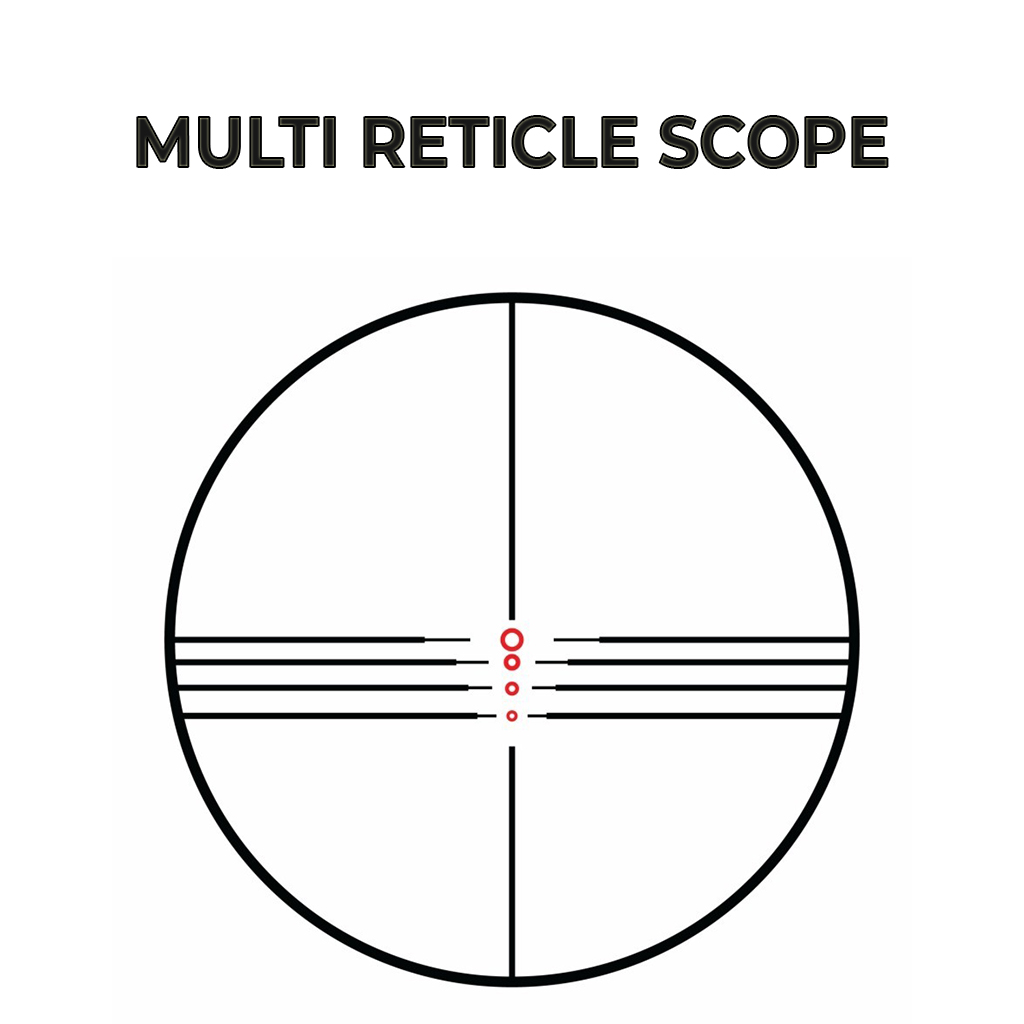Crossbow scopes are one of the most crucial pieces of additional equipment you could get to use for your crossbow.
However, if you don’t even know the different types of crossbow scopes, you are asking for trouble.
But worry not, I have explained the differences below and how each scope works to help you.
Contents
- 1 Crossbow Scope vs. Rifle Scope: Differences & Why it Matters
- 2 Bullet Drop Compensator Reticle Crossbow Scopes
- 3 Red Dot Crossbow Scopes
- 4 Multi-Reticle Crossbow Scopes
- 5 Ballistically Calibrated Crossbow Scope
- 6 Fixed-Powered Crossbow Scopes
- 7 Variable Crossbow Scopes
- 8 Night Vision Crossbow Scopes
- 9 To Conclude
Crossbow Scope vs. Rifle Scope: Differences & Why it Matters
From how it looks, a crossbow scope and a rifle scope are pretty similar. However, there are some stark differences in the specifications and functionality that set the two apart.
The first significant difference we see between a crossbow scope and a rifle scope is the magnification ranges they offer.
Since rifles can shoot with greater power and greater distance, they typically come with 8x magnification power or higher.
On the other hand, crossbows having a lesser shot power with a covered distance not even nearly the same as a rile; the magnification power is usually 5x or so.
Moreover, crossbow scopes are smaller in size in comparison to a rifle scope. This is mainly because they have fewer features to offer.
However, the fewer features do not mean that crossbow scopes are not capable. On the contrary, they are designed to provide full functionality and assistance when used on all crossbow types.
It simply means that a crossbow does not need as high-end scope as a rifle. The more specific features and smaller size also mean that crossbow scopes come at a lower price.
You should not go the easiest way and drop your favorite rifle scope on a crossbow with all that in mind.
While that will be easier and quicker, it will result in a mismatch as the scope is not designed for an effective and versatile weapon as a great crossbow is.
Let’s get into the different types of crossbow scopes you can choose from:
Bullet Drop Compensator Reticle Crossbow Scopes
A Bullet Drop Compensator Reticle Scope, more commonly known as BDC reticle, differs from the traditionally famous duplex reticle scope.
The primary difference we see in a BDC reticle is the easy-to-see marks. These marks are extended vertically to the crosshair post from just below the crosshairs. Many scopes have marks in different shapes, such as:
- Hash marks
- Micro-dots
- Diamond-shaped marks
- Open circles
Every single mark on a BDC reticle is in tune with a certain shooting distance.
For instance, the first mark may correspond to 50 yards shooting distance. The second mark may be in line with 100 yards shooting distance.
These distances are calculated to accuracy to compensate for the bullet drop due to gravity.
Red Dot Crossbow Scopes
A Red Dot Scope got its name because it has a red dot in the optical center. These types of crossbow scopes have little to no magnification.
As a result, it is not suitable for long-range shooting. However, a Red Dot Scope is quite effective in close-quarter shooting and works best in a tactical scenario.
It also comes in really handy with the accuracy and precision in close to moderate ranges.
The good thing about a Red Dot Scope is that it is quick and accurate—the red dot on the optic acts as the aiming point.
Multi-Reticle Crossbow Scopes
A multi reticle scope is similar to a BDC reticle scope in that it also features horizontal marks that allow shooting accurately at various distances.
These reticles are designed and put in place by considering several factors. As a result, using a multi-reticle allows you to make more accurate shots without moving into the target.
For instance, if the target was at 30 yards and you missed the shoot, and it moves to 50 yards, you won’t have to move to get closer.
Instead, you can shift your aim to the next reticle that stands at 50 yards.
Ballistically Calibrated Crossbow Scope
A ballistically calibrated scope comes in handy if you are hunting with a heavy-duty crossbow and in extreme weather conditions.
The reticle on a ballistically calibrated scope is different because it has been calibrated to consider all the variables that can affect the final shot drop.
The factors include bolt/arrow weight/ bolt/arrow profile, arrow velocity, temperature, and barrel length.
Last but not least, these types of scopes are made for absolutely precise and accurate shots.
Fixed-Powered Crossbow Scopes
Fixed-powered have fixed magnification power, always greater than 1x, usually between 4x to 8x. They are straightforward to use, with no buttons or optics to adjust.
Despite their simplicity, these scopes help you see a better image of the target from a distance. Fixed scopes use fewer lenses than variable scopes and offer a brighter view because of this.
One of the cons of fixed scopes is the fixed parallax. Any target that’s well less or beyond the parallax will be displayed blurry or aberrated.
Variable Crossbow Scopes
Variable scopes can be understood in reference to fixed scopes. Since fixed scopes have fixed magnification power, a variable scope has variable magnification power.
In simpler terms, you can zoom in and out on a target using a variable scope. The magnification range of a variable scope is often written with the name in numbers such as 4-12×50.
Here, the 4-12 means that the scope has a magnification range of 4x to 12x. The 50, on the other hand, is the size of the objective lens in millimeters.
So, with a variable scope having these numbers, you can magnify the target between 4x to 12x. However, given a crossbow shot’s ability, power, and speed, you won’t need a very high magnification power.
Night Vision Crossbow Scopes
A night vision scope comes in handy if you hunt during the night hours or any place with minimal light.
It comes equipped with an infrared illuminator that allows you to see and aim at the target even in the most extreme low light conditions.
To Conclude
Having discussed the various types of crossbow scopes, you must now understand which one you need depending on the type of hunting you do.
Choosing the right scope is vital as a good scope can distinguish between a hit and a miss on the hunting field.

Hi, my name is Michael Goodman. As a skilled hunter and a man of the field, I will show you some sophisticated, intelligent, and useful hunting methods and techniques.







